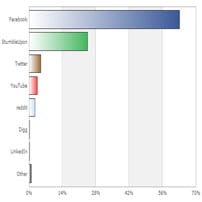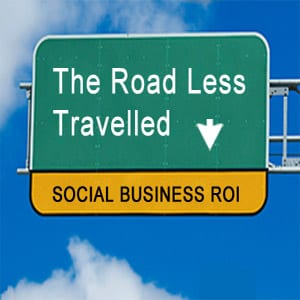Facebook on Smartphones: Leads Mobile Engagement
According to comScores’s new Mobile Metrix 2.0 report, released on May 7, 2012, Facebook ranks as the most engaging media property among U.S. Smartphone users. The average Facebook mobile user engaged for more than 7 hours in March, 2012. That’s good and bad news for Facebook. The good news is that Facebook’s overall usage and…




